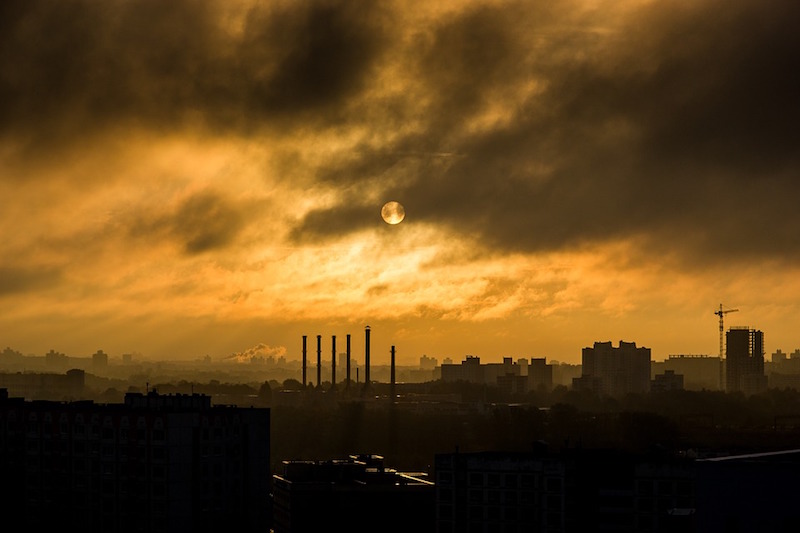Cool roofs are required on most new non-residential buildings in California, but the regulation may be worsening smog.
Cool roofs combat the urban heat island effect by reflecting heat back into the atmosphere. But they also reflect more ultra-violet (UV) light back into the atmosphere, creating more favorable conditions for the chemical reaction that forms ozone or smog.
Southern California would violate federal particulate matter standards for an additional two days a year if cool roofs are widely adopted throughout the region, according to a study by the state’s South Coast Air Quality Management District. Smog would also worsen, especially in Riverside and San Bernardino Counties.
Nevertheless, a researcher for the air quality district said the benefits of cool roofs including lower energy bills, reduced energy consumption, and fewer people suffering from heat-related illnesses would likely outweigh the drawbacks.
Related Stories
| Mar 15, 2012
ANSI approves new fall protection standards
The American National Standards Institute (ANSI) has approved two American Society of Safety Engineers' (ASSE) standards addressing fall protection.
| Mar 8, 2012
Engineering innovation provides new option for meeting seismic codes in skyscrapers
Two University of Toronto engineers have developed “viscoelastic-energy-dissipating dampers” to replace many of the heavy concrete beams used in tall structures.
| Mar 8, 2012
CSI webinar on building code compliance March 22
A March 22 webinar will provide an overview of a 28-step process during the design of a building to ensure compliance with building codes.
| Mar 8, 2012
Federal silica dust rule caught in bureaucratic limbo
A federal rule meant to protect the lungs of workers has been caught in bureaucratic purgatory for more than a year.
| Mar 8, 2012
New LEED-EBOM rating has requirements for specific project types
Several key changes are proposed for the LEED-EBOM Rating System in 2012.
| Mar 8, 2012
Green buildings more resilient than conventionally built structures
A new study by the U.S. Green Building Council (USGBC) and the University of Michigan’s Taubman College of Architecture and Urban Planning suggests that structures built to green standards can advance building resiliency.
| Mar 1, 2012
LEED Platinum standard likely to mean net-zero energy by 2018
As LEED standards continue to rise, the top level, LEED Platinum, will likely mean net-zero energy construction by 2018.
| Mar 1, 2012
EPA beefs up stormwater discharge rule from construction projects
The U.S. Environmental Protection Agency (EPA) has now finalized its 2012 construction general permit (CGP) that authorizes stormwater discharges from construction projects that disturb one or more acres of land in the areas where EPA is the permitting authority.















